McLaren MP4/2 TAG
Motorsport master Mansour Ojjeh’s brilliant legacy
BY: WOUTER MELISSEN
Just before the start of the 2021 Baku Grand Prix, news broke of the passing of Mansour Ojjeh. The Saudia Arabia-born French entrepreneur had been a familiar sight in the Formula 1 paddock for more than four decades, initially as a sponsor and subsequently as a part-owner of the McLaren team.
Unlike many others in his position, Ojjeh kept a very low profile, and few outsiders fully comprehended the profound influence his presence had on Formula 1 in general and McLaren in particular. His highest-profile venture was backing the highly successful Porsche-built twin-turbo V6 engine with his Techniques d’Avant Garde (TAG) company that powered the McLaren MP4/2 during the mid-1980s.
Ojjeh first entered the world of F1 in the late 1970s as part of a group of Saudi Arabian companies that sponsored the newly founded Williams Grand Prix engineering. This was Frank Williams’ latest venture after he had been ousted from his previous Williams Racing team by new owner Walter Wolf. The backing from the Middle East proved vital to finally make Williams a front runner, scoring World Championship titles in 1980 and 1982. During this period, the TAG name featured ever more prominently on the Williams cars. When he arrived in F1, Ojjeh knew nothing of the sport but he quickly learned to appreciate Grand Prix racing. He was regularly found in the Williams pits but never wielded the power he had, which made him the ideal backer. Ojjeh was, however, keen to step up and acquire a small stake in the company. With the wound still sore from his previous ousting, Williams welcomed no outside investment and refused Ojjeh’s offer.
At around the same time McLaren owner Ron Dennis was looking for a partner to finance the all-new twin-turbo V6 that he had commissioned from Porsche. Dennis had rightly assessed that the only way forward was a forced induction engine, replacing the naturally aspirated Ford Cosworth DFV that McLaren and Williams for that matter had used with great effect for well over a decade. The DFV V8 was a relatively straightforward, off-the-shelve unit, but a turbocharged engine was an altogether more complicated prospect. Major manufacturers Renault, Ferrari, and BMW had the resources to produce one and considering Porsche’s vast experience with forced induction engines in sports cars, the German company certainly had the expertise. The Porsche executives were initially wary of the approach by McLaren, as they had no interest and resources to become a conventional engine partner. Dennis indeed had a different idea, as he planned to fully pay for the development and construction of the engine as a customer. This took away the concerns at Porsche, who were more than happy to sell their services.
This move by Dennis was as bold as it was unconventional and certainly very risky, as McLaren did not have the means to actually pay for the engines when he signed the deal. Fortune does favor the brave from time to time, as Dennis learned of Ojjeh’s overture being turned down by Williams shortly after securing his Porsche engines. He approached Ojjeh with the proposition of funding the twin-turbo V6 in exchange for the naming rights. Additionally, there was the prospect of becoming a shareholder in the team. This was music to Ojjeh’s ears but, as a great testament to his character, he did not want to leave his old partners hung out to dry. Per his request the deal included the stipulation that Williams would also be able to use the engine if they were inclined to do so. Fearing his team would always play second fiddle to McLaren, Frank Williams did not take up this option. Instead, Williams partnered with Honda not long hereafter.
Dennis had taken control of McLaren after his team Project 4 Racing had merged with McLaren at the start of the 1981 season. This was made possible by a substantial backing from John Hogan, who was an executive at Philip Morris. That company’s subsidiary Marlboro was the main sponsor of both Project 4 and McLaren. What Dennis brought to the table was the design of a brand-new Grand Prix car, penned by John Barnard. The car was dubbed the MP4, which was short for Marlboro Project 4 and after the merger it stood for McLaren Project 4. The first of its kind, the MP4 was constructed from carbon-fiber composites. Ready before the deal with Porsche and TAG was even considered, the new MP4 was raced with a Cosworth DFV engine from the third round of the 1981 Formula World Championship. Later known as the MP4/1, it was particularly successful in “B” trim, scoring four wins during the 1982 season. Two of these were scored by new signing Niki Lauda, who had been lured out of retirement by Dennis with the prospect of a new Porsche-engineered engine.
Where Barnard previously had to work with the set parameters of the existing DFV engine, he could now provide Porsche with exact specifications for the new engine. He specified a V-angle of eighty degrees and stipulated that all pumps should be mounted at the front of the engine. Another design requirement was that the engine could be used as a fully stressed member of the chassis. The customer is king, so the Porsche engineers complied with all his wishes. The result was a compact V6 engine with twin overhead camshafts and four valve per cylinders. Dubbed the TAG-Porsche TTE-P01, it was equipped with a pair of KKK turbochargers and a sophisticated Bosch fuel injection and ignition system. When the engine made its debut, it produced around 800 hp in qualifying trim and around 650 hp in race configuration for reliability and fuel-efficiency reasons. Despite these impressive power figures, the twin-turbo V6 was very light, tipping the scales at just 150 kg. The first example of the tailor-made V6 ran on the Porsche test benches late in 1982.
Back at the McLaren factory in Woking, Barnard and his team, which included Steve Nichols and Alan Jenkins, set about developing the new MP4/2, designed specifically for the new V6. It was a derivative of the ground-breaking carbon-fiber composite MP4/1. It was fitted with double wishbones and pull-rod actuated suspension on all four corners. At the rear, the suspension components were bolted directly to the gearbox, which was also fully stressed. The gearbox housing was designed by McLaren but featured Hewland internals. Even though ground effect aerodynamics were banned from 1983 onwards, the MP4/2 was still fitted with full-length side-pods. Although they could no longer feature the ground effect tunnels, they served to house the radiators and intercoolers, with the hot air exiting ahead of the rear tires. The MP4/2 was liveried in the familiar Marlboro colors and true to Ojjeh’s modest nature featured only relatively small TAG Turbo Engines stickers on the engine, despite the considerable investment put up to develop and build V6 engines. There were no Porsche markings on the outside of the car.
Before the new car was ready to go, the engine was tested both in the back of a Porsche 956 sports car and in a modified MP4/1D during the 1983 season. With the Cosworth-powered MP4/1C struggling for pace during the 1983 World Championship, Barnard was pressured into fast-tracking the introduction of the TAG-Porsche engine. Reportedly, Lauda had complained to a Marlboro executive about the MP4/1C’s lack of pace, who then threatened Dennis to cut the sponsorship budget if the turbo engine would not be raced that year. Reluctantly, Barnard created one final evolution, the MP4/1E, of his old design to be used in the final rounds of the World Championship. First made available to Niki Lauda for the Dutch Grand Prix, the MP4/1E proved fast but not surprisingly, it was not particularly reliable. One of the problems was that it took time for the McLaren engineers to familiarize themselves with the engine’s Bosch electronics. The MP4/1E was raced in the final four races of the year and could do no better than a single eleventh place finish. It was an inconspicuous start of the TAG-Porsche’s racing career.
Over the next winter, Dennis added the final piece to the puzzle by signing French driver Alain Prost to replace John Watson, who had been with McLaren since 1979. Many considered Prost to be the best driver in Formula 1 at the time and he serendipitously had become available after the Frenchman had parted ways with Renault. Prost had raced for McLaren before but moved to Renault to race their turbocharged Grand Prix machinery. These proved very fast but equally unreliable, which prevented Prost from mounting a successful World Championship bid despite winning nine Grands Prix between 1981 and 1983. What also made the deal possible was the fact that Prost had a personal sponsorship deal with Philip Morris. McLaren arguably had the best driver pairing on the grid.
Although built against his wishes, Barnard used the MP4/1Es for most of the winter testing, using every minute available to fine-tune the MP4/2 design. As a result, the two racing cars and the one spare were built at the very last minute. They were ready in time for the season-opening Brazilian Grand Prix. In qualifying, Prost and Lauda were only fourth and sixth fastest, beaten by the Renault-engined Lotus of Elio de Angelis, the Ferrari of Michele Alboreto, and the Renault of Derek Warwick. Races are, however, won on Sundays where reliability and fuel efficiency counted. Both were an issue in the turbo era, as the engines were notoriously fragile and also struggled to reach the finish with the allotted 220 liters of fuel. It was here that the TAG-Porsche engine excelled; the McLaren engineers just did not have to turn down the engine as much as the rivals had to between qualifying and the race.
During the Brazilian Grand Prix, Prost immediately made his mark and scored a debut victory for the MP4/2. Next up was the South African Grand Prix, where Lauda won from eighth on the grid, followed closely by Prost, who had started fifth. The talented pairing would go on to win twelve of the sixteen races that year. Despite winning only five, a very consistent run saw Niki Lauda just beat Prost for the World Championship. The now three-time World Champion struggled the following year with the subtly revised MP4/2B, winning only once. Prost did score five wins and was crowned World Champion. For the 1986 season, Lauda retired and was replaced by Keke Rosberg. A further evolution, the MP4/2C, was pressed into service. By this time, the TAG-Porsche was good for 850 hp in race trim, which sounds impressive but was actually 50 hp down on the rivals. Chief among them was the Honda engine used by the Williams team. That was the fastest combination throughout the year, but Prost used all his guile and the rivalry between the two Williams drivers to add one more title to the MP4/2’s tally despite scoring only four wins.
After three successful seasons, the MP4/2 was replaced by the MP4/3, which really was a further evolution of the same design. The TAG-Porsche was on its last legs and for the 1988 season, McLaren managed to secure a deal to run the dominant Honda engines. By that time, Ojjeh was a fifty percent shareholder and he was more than happy to see his team winning fifteen out of a possible sixteen races that year. In the following years, Ojjeh worked behind the scenes and, for example, was one of the driving forces behind the development of the McLaren F1 road car. In more recent years, he served on the McLaren board and when he passed away, TAG still owned shares in the McLaren Group.
“He (Ojjeh) was a true racer in every sense. Ultra-competitive, determined, passionate, and, above all, perhaps his defining characteristic, sporting. No matter the intensity of the battle, Mansour always put sport first,” McLaren Racing CEO Zak Brown said in his statement published immediately after the news broke. “Mansour was a titan of our sport, yet modest, unassuming, and disarming to all he encountered. His easy manner, sharp wit, and warm humor touched all those who were fortunate to know him. His love of this team was palpable for all to see and those of us privileged to work for McLaren will remember Mansour as an impressive yet humble human, a father figure who showed us at the most individual, personal level how to fight adversity and be resilient.”
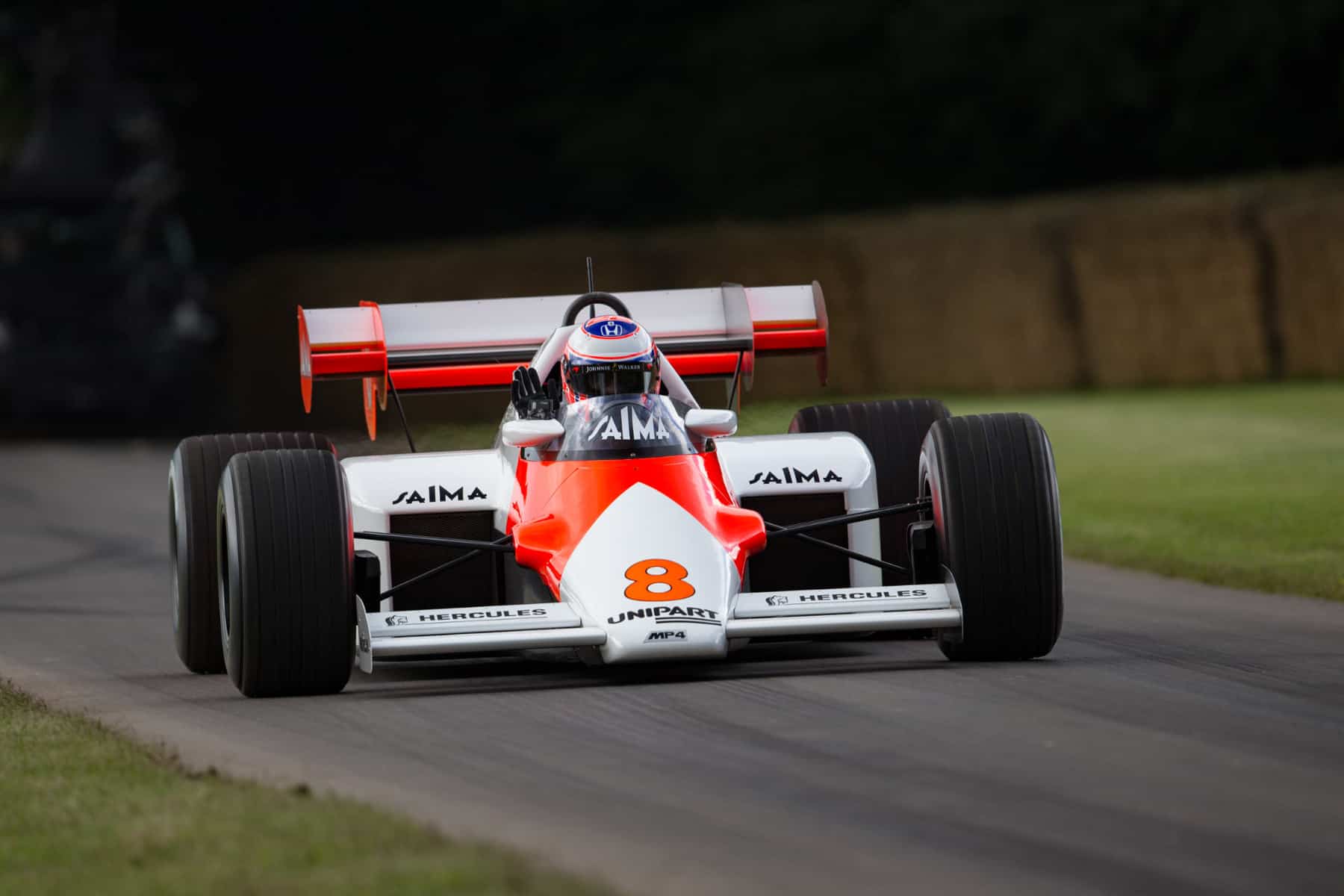
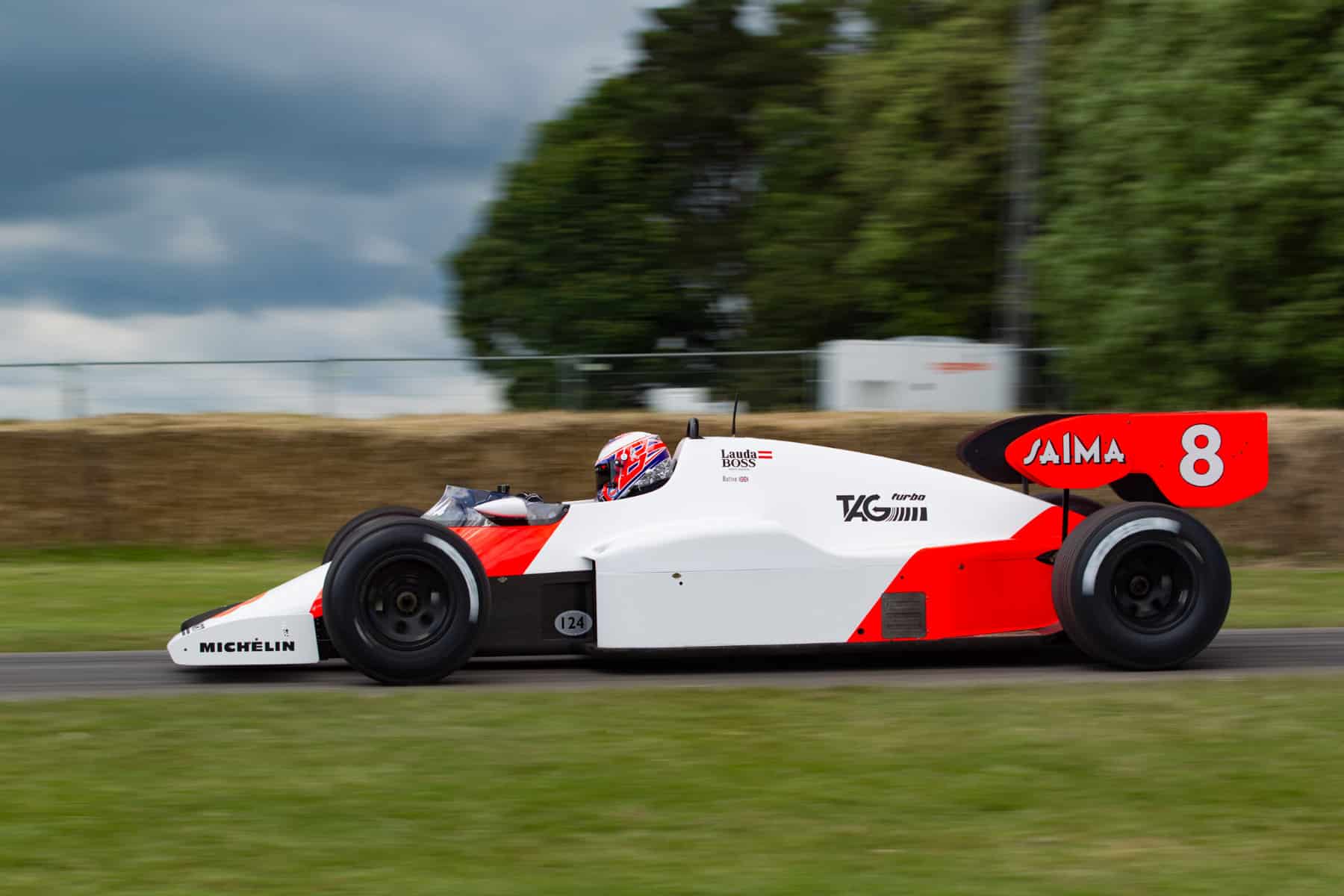

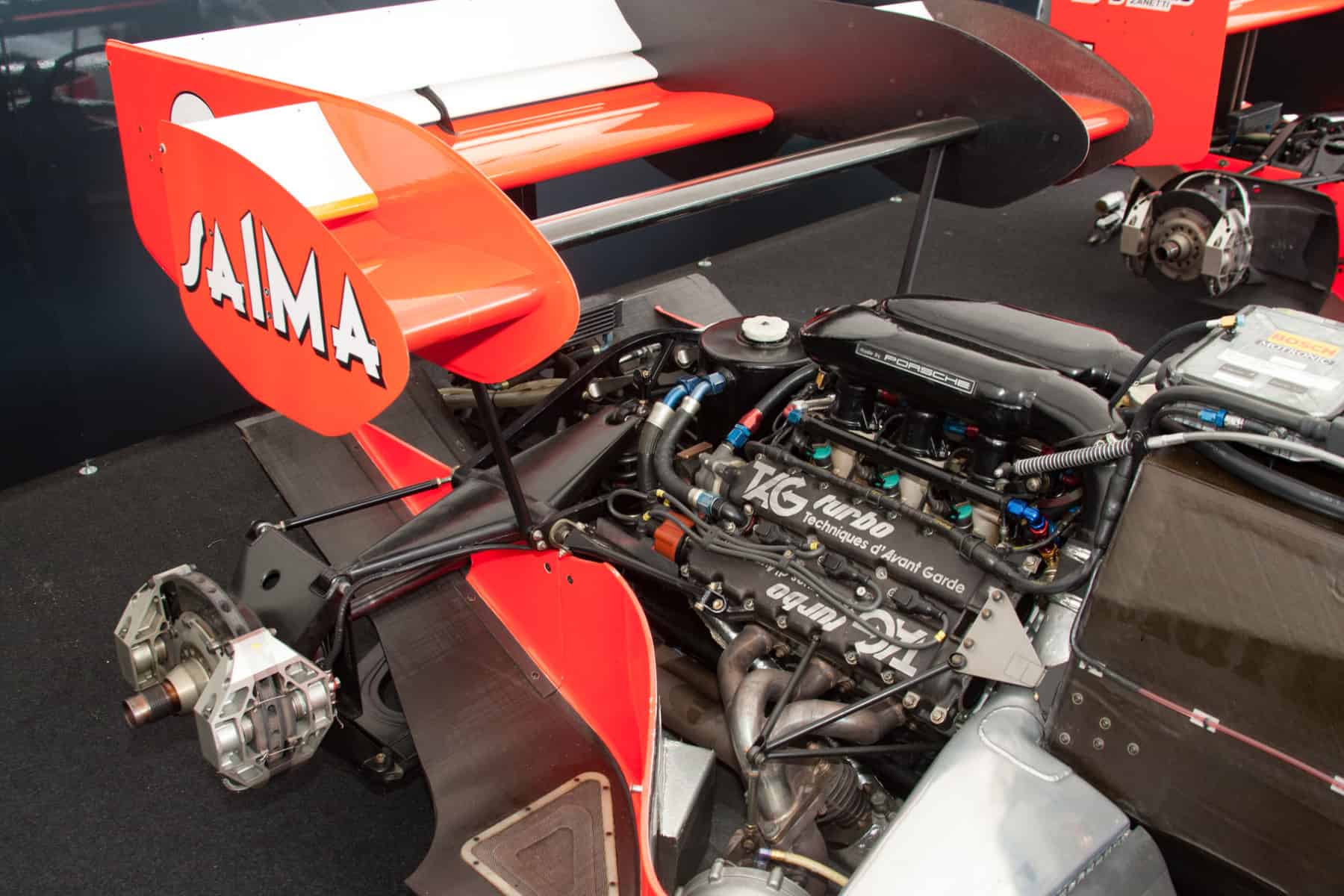

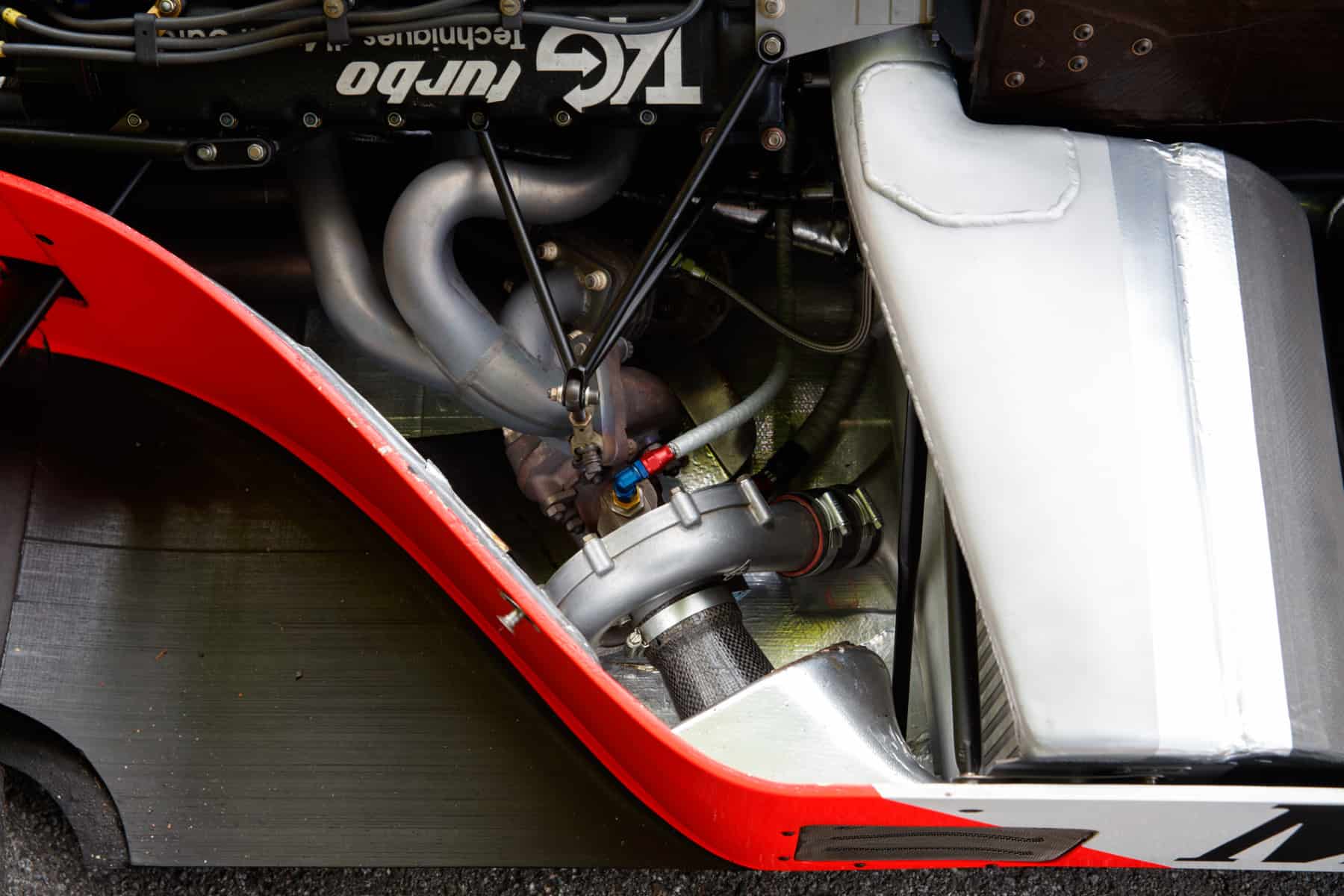
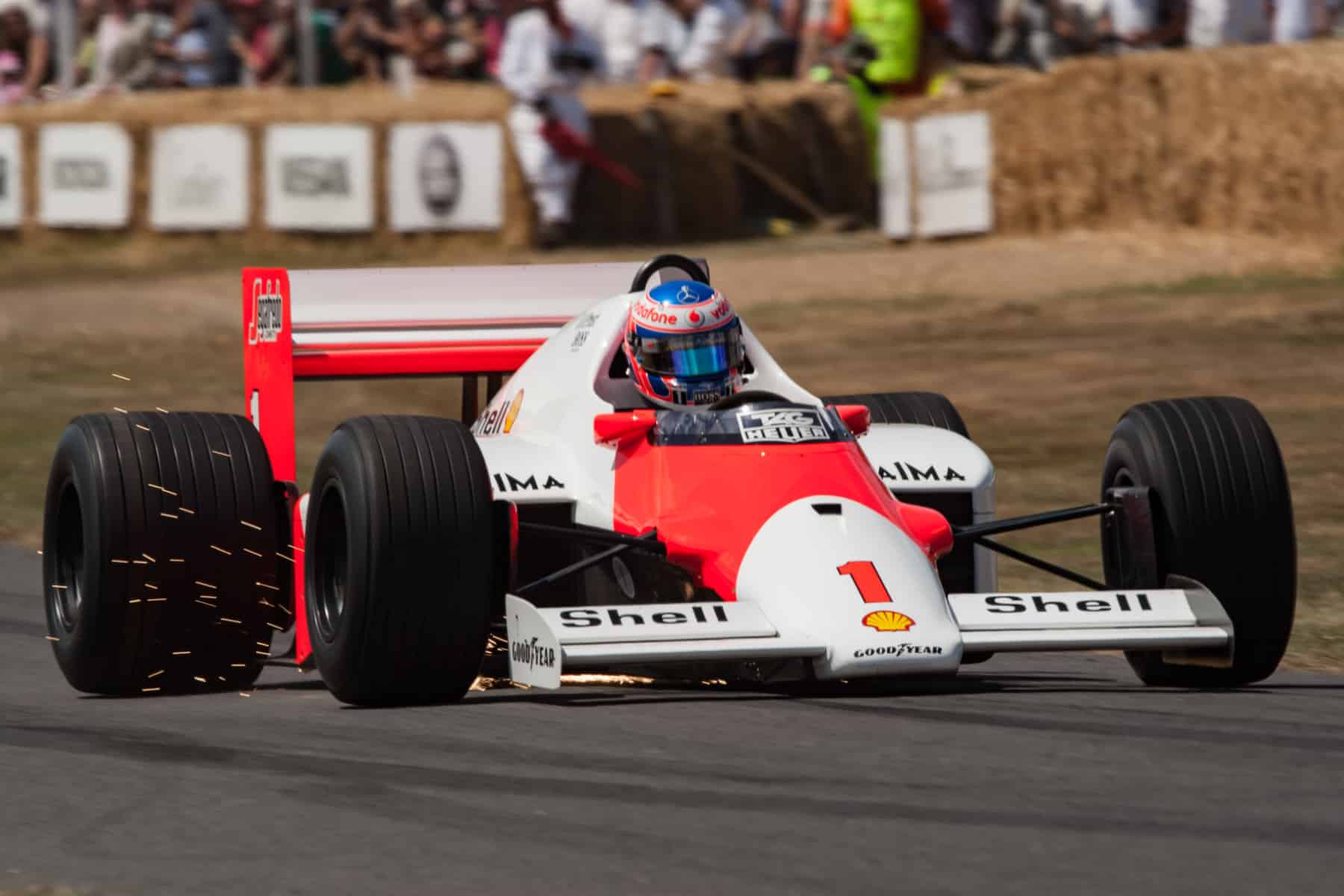


![alfa gtz perfectly imperfect webannerl[1]](https://automedia.revsinstitute.org/wp-content/uploads/2024/08/Alfa-GTZ-Perfectly-Imperfect-webannerl1-uai-1200x800.jpg)

